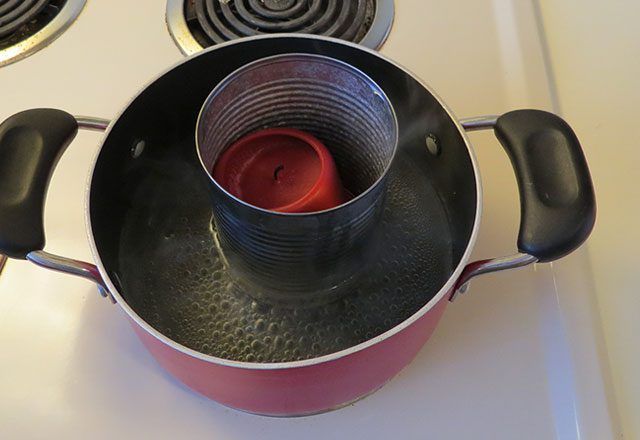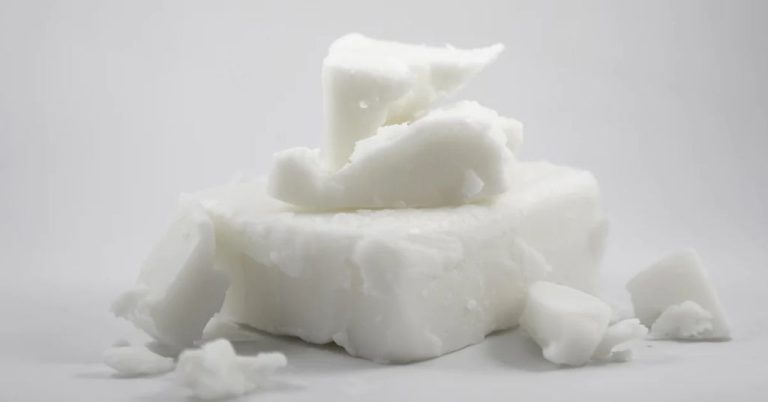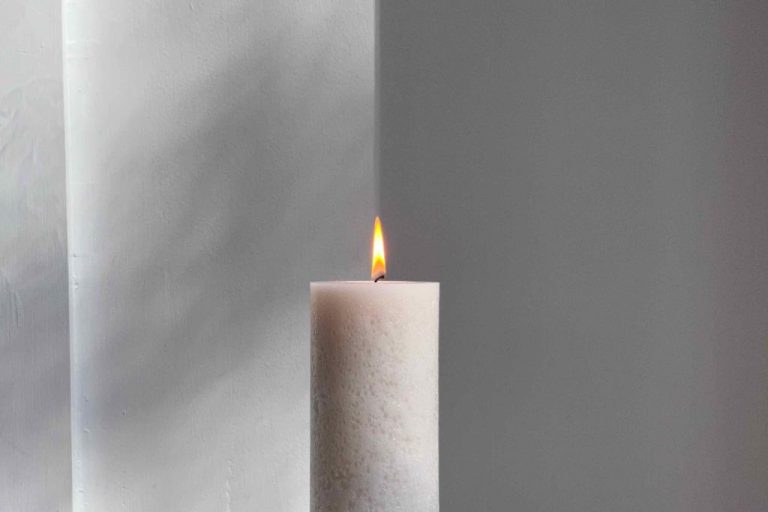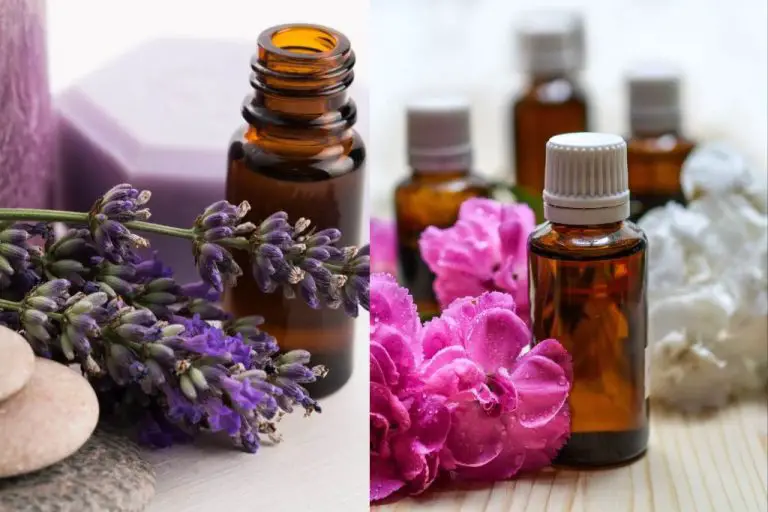Can You Reuse Wax After It Melts?
Did you know that Americans purchase more than $3 billion worth of candles every year? With all those candles comes a lot of leftover wax once the candle has burned down. Rather than throwing away the remaining wax, there are many creative ways to reuse it for new candles or other fun DIY projects.
Reusing candle wax is a great way to reduce waste and save money. The process is surprisingly simple – all it takes is some melted wax, a few handy materials, and a little creativity. This guide will walk through everything you need to know about remelting and reusing candle wax to get the most out of your leftover candles.
Reasons To Reuse Wax
One of the main reasons to reuse candle wax is to save money by extending the life of candles and wax melts. Once candles or wax melts have been burned through, there is often wax left over that still contains fragrance and can provide hours more use. By remelting and reusing this leftover wax, the initial investment in the candle or wax melt can go considerably farther.
For example, if a wax melt costs $5 and provides 20 hours of fragrance initially, the wax likely has life left in it after those first 20 hours. By remelting and reusing that wax one or more additional times, the cost per hour goes down. If the wax melt can be reused for another 15 hours, the cost per hour goes from $0.25/hour originally down to about $0.17/hour after reusing. This adds up to big savings over time when reusing all leftover wax.
Reusing wax also reduces waste. If candle wax or used up wax melts are thrown away after the initial use, the leftover wax ends up in landfills. By remelting and reusing wax instead, less waste is generated.
In summary, reusing candle wax and wax melts extends their usable life, saves money in the long run, and keeps the materials out of landfills.
How To Reuse Melted Wax
When reusing melted wax from old candles, it’s important to properly strain and filter the wax before pouring it into new candles or melts. Here are some tips for reusing melted wax:
Strain the melted wax through a cheesecloth or coffee filter to remove any wick fragments, dust, or other debris. This helps ensure a clean burn in your new creations. As noted by Martha Stewart, “Strain melted wax through cheesecloth into a clean container to remove accumulated soot and any bits of wick before reusing it” (Source).
Allow the wax to completely cool and solidify before straining. This makes it easier to handle and filter out impurities. Pour the wax into a heat safe container like a glass jar or metal can before it hardens again.
Consider double filtering the wax if there are a lot of impurities. Simply remelt the strained wax and filter it a second time for ultra clean wax ready for reuse in candles, melts or other projects.
Properly filtered, reused wax can burn just as cleanly as new wax. Taking the time to strain and filter melted wax will help improve the quality of any new candles or melts you make with it.
Remelting The Wax
The key to successfully reusing candle wax is to remelt it properly. The best method is to use a double boiler to gently remelt the wax. This allows you to heat the wax indirectly, avoiding scorching or burning it in the process. Simply place the strained wax in a heat-proof bowl or container and set it over a saucepan with 1-2 inches of simmering water. Make sure the bottom of the container does not touch the water. Heat the wax slowly until it melts completely. Do not allow the wax to reach temperatures over 180°F, as this can damage the wax and its properties. Stir occasionally as it melts. Once fully liquefied, remove from heat and allow the wax to cool slightly before pouring it into jars or molds for reuse [1].

Best Candles For Reuse
When it comes to reusing candle wax, certain types work better than others. According to The Spruce, some of the best candles to reuse are made from soy, beeswax, or paraffin wax https://www.thespruce.com/how-to-reuse-candle-wax-5323863.
Soy wax is a renewable and environmentally friendly option made from soybean oil. It has a low melting point which makes it easy to reuse. Soy wax also retains fragrances well for making scented candles with reused wax.
Beeswax is another excellent reusable wax since it has a high melting point, allowing it to burn longer. Natural beeswax candles are biodegradable and non-toxic. The subtle honey aroma of beeswax also persists well through remelting.
Paraffin wax, made from petroleum, is commonly used in store-bought candles. It’s affordable, readily available, and can be reused multiple times. The high melting point of paraffin makes it a good choice for container candles.
In general, stay away from gel wax which doesn’t remelt well. For the best results, reuse wax from candles made of soy, beeswax, or paraffin.
Adding New Wax
When reusing old candle wax, it’s best to mix in some new wax for optimal results. Experts recommend adding 10-30% new wax when melting down old candle remnants.
Adding a portion of new wax helps strengthen the reused wax and improves its performance and burn quality. Old wax can become brittle or lose its scent over time. Blending in fresh wax restores plasticity and fragrance.
The ideal ratio depends on the condition of the reused wax. 10% new wax is sufficient for relatively fresh wax that has only been burned once or twice. Up to 30% new may be better for older wax or wax that has been burned extensively.
When buying new wax, choose a type that matches your old wax. Mixing wax types like paraffin and soy is not recommended, as they have different melting points. Stick to the same wax variety for best results.
With a touch of new wax, you can give old candle wax new life! Just remember—moderation is key when adding new wax to reused remnants.
Adding Fragrance
One of the great things about reusing candle wax is that you can easily add new fragrance to give it an updated scent. There are two main options for scenting reused wax: essential oils and fragrance oils.
Essential oils are derived from plants and can provide nice natural fragrances. However, they tend to be more subtle than fragrance oils. Fragrance oils are synthetic blends designed specifically for candle making. They come in a huge variety of scents and generally give a stronger aroma.
No matter which type of scent you use, add it sparingly to reused wax. Start with 1-2 drops of essential oil or 1 teaspoon of fragrance oil per pound of wax. Adding too much fragrance can make the wax prone to sooting when burned. Mix the scent in thoroughly and test how strongly it comes through once the candle is lit. You can always add a bit more fragrance later if needed.
Some of the most popular scents for handmade candles include lavender, vanilla, pine, citrus fruits, coffee, and chocolate. Feel free to get creative and try mixing fragrances too. Reusing wax is a great opportunity to give new life to a candle by changing up the scent. Just be sure not to go overboard on the fragrance or it may clog the wick as the candle burns.
Wicks For Reused Wax
When reusing melted wax, you may need to use a larger wick than the original candle had. As wax gets reused, impurities build up which can make the wax thicker. Thicker wax requires a larger wick to burn properly. According to Lonestar Candle Supply, moving up one or two wick sizes when reusing wax can help the candle burn cleaner and prevent issues like tunneling.
Testing different wick sizes to find the optimal one for your reused wax is recommended. Start with a wick slightly larger than the original and observe how the candle burns. If it still seems to have burning issues, go up another wick size until you find the best fit. The right wick will burn cleanly down the center of the wax pool without creating excess smoke or leaving wax around the sides.
Safety Tips
When remelting candle wax, it’s important to take proper safety precautions. According to Northwood Candle Supply (1), you should follow these tips:
- Wear appropriate clothing like long pants and closed-toe shoes to avoid burns from hot wax.
- Work in a well-ventilated area to allow wax vapors to dissipate.
- Never let the temperature of the wax exceed 250°F to avoid fires.
- Use a double boiler or makeshift double boiler to gently melt the wax instead of direct heat.
- Never leave melting wax unattended.
- Have a fire extinguisher nearby in case of emergencies.
Proper ventilation is key, as breathing in wax vapors can be dangerous. Avoid overheating the wax, as this releases more fumes and increases fire risks. Follow these tips to safely reuse candle wax.
Conclusion
Reusing candle wax is a great way to reduce waste and save money. As we’ve discussed, melted wax can easily be remelted and reused in new candles or other wax projects. The process is quite simple – just remelt the wax, strain it to remove debris, add new wicks and fragrance as desired, and pour into containers to make new candles. With a little care, wax from scented and unscented candles, pillars, votives, and more can be repurposed into fresh, homemade candles.
Some tips to get the best results: Use wax from well-burned candles, combine different wax varieties, and add a small amount of new wax if reusing wax that is very old. Test for scent throw and adjust fragrance as needed. Reuse wicks or purchase new ones to fit your candles. Take safety precautions and remelt wax using a double boiler or slow cooker on low heat. With these simple steps, you can reduce waste while getting creative and making new candles out of used wax.
Repurposing melted wax is an economical and eco-friendly practice for candle makers and enthusiasts alike. With some experimentation, you can reuse old wax to produce brand new, high-quality candles with your own personal touch.






